Home / News & Blog / Abrasive Blog / Why Brown Fused Alumina is a Cost-Effective Abrasive for Grinding Tools?
Brown fused alumina (BFA) is a widely used abrasive in grinding tool manufacturing. Thanks to its excellent cost-effectiveness and stable performance, it has secured a significant place in the industrial sector. Whether it`s for metal processing, ceramic manufacturing, or other high-precision grinding applications, BFA offers unique advantages. We will provide an in-depth analysis of why brown fused alumina stands out in terms of cost-effectiveness, focusing on raw materials, performance characteristics, production processes, applications, and market competitiveness.
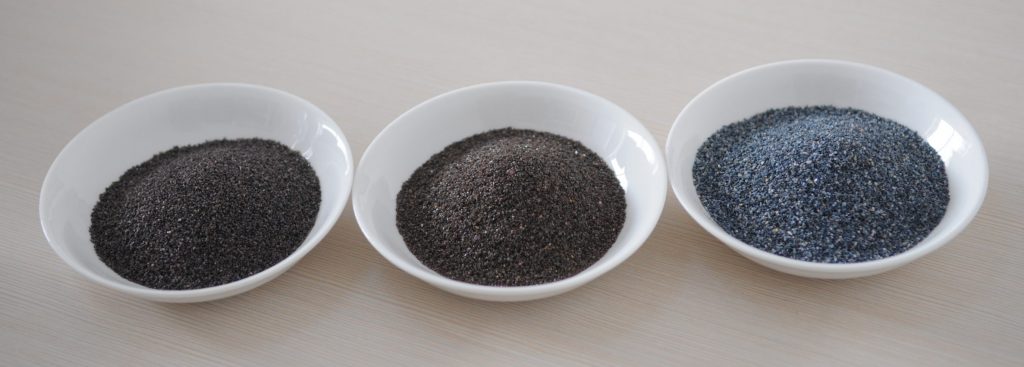
The primary raw material for brown fused alumina is bauxite, a widely available and abundant mineral in the Earth’s crust. Bauxite is rich in aluminum oxide (Al₂O₃), which, when smelted at high temperatures, produces brown fused alumina. Major bauxite reserves are concentrated in Australia, China, Guinea, and other regions, ensuring a stable supply at relatively low prices.
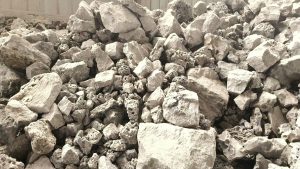
Compared with other high-performance abrasives such as white corundum, zirconium corundum or silicon carbide, brown alumina has lower raw material costs. This is because white corundum requires higher purity aluminum oxide raw materials, while zirconium corundum and silicon carbide require the addition of rare elements or complex synthesis processes, which significantly increase production costs. Brown alumina has a clear competitive advantage in price due to its easy availability and low cost of raw materials, making it an ideal choice for large-scale industrial production.
The durability of brown alumina is one of the core of its cost-effective advantage. It has a hardness of Mohs 9, second only to diamond and silicon carbide, and has excellent wear resistance and impact resistance. This high hardness comes from its dense crystal structure, which enables brown alumina to maintain stable performance during the grinding process and reduce wear and loss of the abrasive tool.
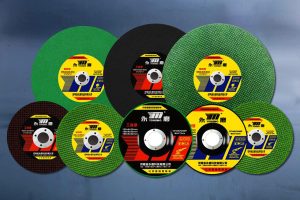
In practical applications, abrasive tools made of brown alumina can operate for a long time under high load and high intensity conditions without significant performance degradation. For example, in the rough and fine grinding processes of the steel industry, the service life of brown alumina abrasive tools is usually more than 1.5 times that of ordinary abrasives. This durability not only reduces the frequency of tool replacement, but also reduces equipment downtime and maintenance costs, thereby significantly improving production efficiency.
The versatility of brown alumina is another significant advantage. It can efficiently process a variety of materials, including steel, cast iron, stainless steel, ceramics, glass, alloys, etc. Whether it is rough grinding, fine grinding or polishing, brown alumina can do it. The following are its specific applications in different fields:
Metal Processing: BFA is widely used for grinding, cutting, and polishing in steel manufacturing and casting industries. It removes burrs and oxidation layers quickly while maintaining precision.
Ceramic Manufacturing: Used for grinding ceramic blanks and glaze polishing, BFA ensures consistent quality with its uniform particle distribution.
Refractory Industry: Due to its high melting point and corrosion resistance, BFA is commonly used in refractory bricks and coatings, enabling them to withstand extreme temperatures.
BFA’s multi-purpose usability allows manufacturers to use a single abrasive for multiple applications, reducing the need for separate abrasive stocks. This simplifies inventory management, lowers procurement costs, and enhances production efficiency.
The production process of brown alumina has been very mature after years of development. Its main production process includes the selection of bauxite, high-temperature smelting, cooling, crushing and grading. The following are the key steps of its production process:
Raw material selection: bauxite is selected to remove impurities and improve the purity of alumina.
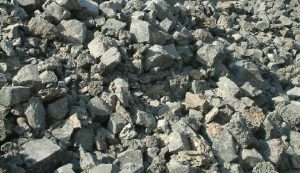
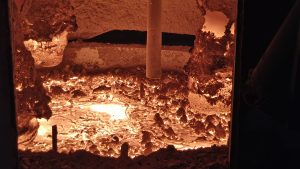
High-temperature smelting: The selected bauxite is smelted at high temperature in an electric arc furnace, and the temperature can reach above 2000℃. In this process, alumina is separated from other impurities to form high-purity molten alumina.
Cooling and crystallization: The molten alumina is slowly cooled to form a dense crystal structure.
Crushing and grading: The cooled alumina blocks are crushed and screened to make abrasives of different particle sizes.
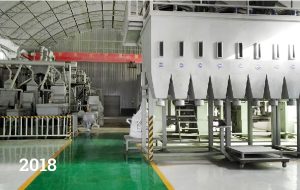
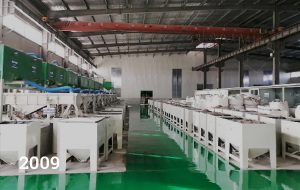
The application of large-scale production and automation technology further reduces production costs while ensuring the high quality and consistency of the products. Compared with other high-performance abrasives, the production process of brown alumina has lower energy consumption, which not only conforms to the trend of green manufacturing, but also reduces energy costs to a certain extent. The efficient production process enables brown alumina to maintain a low market price while ensuring performance.
When comparing BFA with white fused alumina, zirconia alumina, and silicon carbide, BFA stands out due to its affordability and balanced performance.
|
Abrasive Type |
Performance |
Cost |
Best Used For |
|
High hardness, durable, versatile |
Low |
General grinding, metal processing, ceramics |
|
|
Higher purity, better for fine polishing |
High |
Precision grinding, aerospace, medical tools |
|
|
Superior toughness, longest lifespan |
Very High |
Heavy-duty grinding, high-stress applications |
|
|
Hardest, best for specialized materials |
High |
High-temperature applications, ceramics |
Since BFA balances performance and affordability, it is an ideal alternative to high-end abrasives for cost-conscious manufacturers.
With the global emphasis on environmental protection and sustainable development, the production and use of brown alumina also show certain environmental advantages. The waste generated in its production process can be recycled, reducing resource waste. In addition, the long life of brown alumina abrasives reduces the generation of waste, which is in line with the concept of green manufacturing.
Brown alumina has become a very cost-effective abrasive in abrasive production due to its abundant raw material resources, excellent durability, wide range of applications, efficient production process and highly competitive price. It can not only help companies reduce production costs, but also meet diverse industrial needs without sacrificing performance. For companies pursuing economic benefits and high-quality production, brown alumina is undoubtedly an ideal choice that is both practical and economical. Its comprehensive advantages make it occupy an irreplaceable position in the field of abrasive manufacturing and become the “cost-effective king” in the industrial abrasive market. In the future, with the further optimization of production processes and the expansion of application fields, the market prospects of brown alumina will be broader.